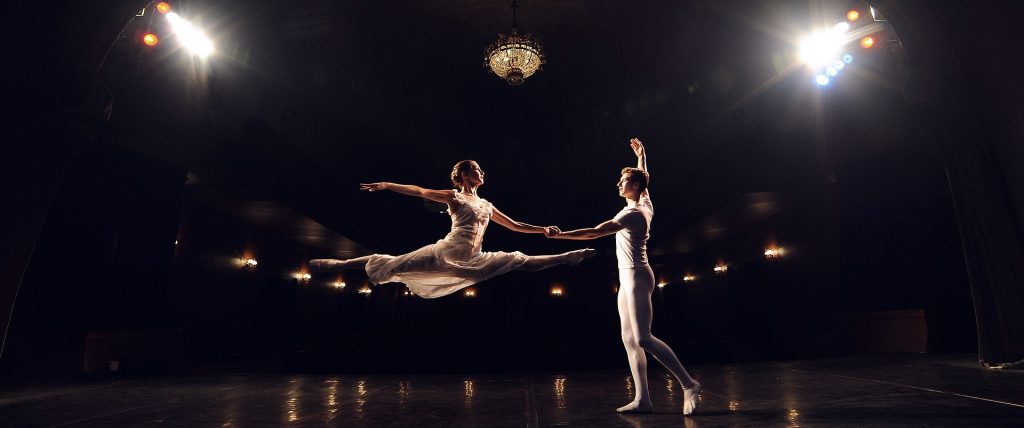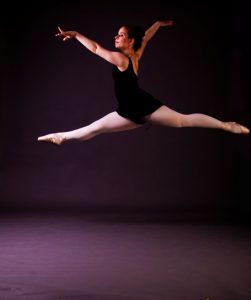Introduction
Fiona Drew, physiotherapist at the Iveson Clinic, has run her own ballet school for the last 20 years. ( The Stowe School of Dance) As a dancer herself, Fiona also suffers from hypermobility. For this reason, Fiona has a particular interest in this topic and has kindly offered to share some information about this condition.
94% of females and 83% of male dancers , within the Royal Ballet Upper School and Company were classified as hypermobile.(According to research carried out by McCormack in 2004) Coming from a dance background myself, it was generally assumed that all dancers needed to have flexibility within their muscles and joints, beyond normal ranges. This would allow the dancers to produce the aesthetically pleasing lines expected in a dancer.
What is hypermobility?
Joint hypermobility is being able to move joints in your body further than what is expected from the general population. It is unclear from research the exact number of people who are hypermobile. It is thought, however, to be 10-30% and there may also be an ethnic link. It’s origin is now thought to be genetic.
Tests for Hypermobility
Hypermobility is usually assessed using the Beighton Score. This looks at joint ranges in:
- thumbs
- little fingers
- elbows
- knees
- lumbar spine
A maximum score of 9 can be achieved. In adults it is usually stated that a score greater than 4 diagnoses hypermobility. However, there is conflicting evidence of this test’s validity. It may be used in conjunction with other tests such as:
- Brighton Criteria
- Upper Limb Hypermobility Assessment tool
- Lower Limb Assessment score
Signs and Symptoms of Hypermobility
Not everyone with with this condition experiences any symptoms. In dancers and some professions, it is generally seen as a bonus. However, some people experience pain or recurrent dislocations in multiple joints. This could be a clear sign of Hypermobility Syndrome or other conditions such as Ehlers Danlos.
In some people with hypermobility their tissues can be effected, which is possibly more evident in the skin. Wounds can take a long time to heal causing noticeable scarring. They may also be prone to stretch marks. There can also be gastrointestinal problems, making the person more susceptible to hernias and prolapses. Other factors such as fainting, resistance to pain relief, dental crowding and anxiety have also been linked to the condition.
There is some evidence to suggest that hypermobile people are more prone to injury. Some literature even states it is not beneficial to dancers. This is clearly contradictory, considering the high percentage of dancers with this at the Royal Ballet School. However, from a personal experience and knowledge gained by living with hypermobility and liasing with health professionals on the subject, the consensus is that maintaining activity is key. Therefore by keeping the muscles which support joints strong, symptoms can be minimal.
Summary
If you have hypermobility and are experiencing joint problems, a physiotherapist may be able to help in the first instance. This may be to offer advice and suitable exercise or to treat a specific joint problem. The physios at the Iveson Clinic have a particular interest in this area.
For further information contact:
The Iveson Clinic on :
01787 374964
www.theivesonclinic.co.uk
(Photo permission of First Position Photography)





